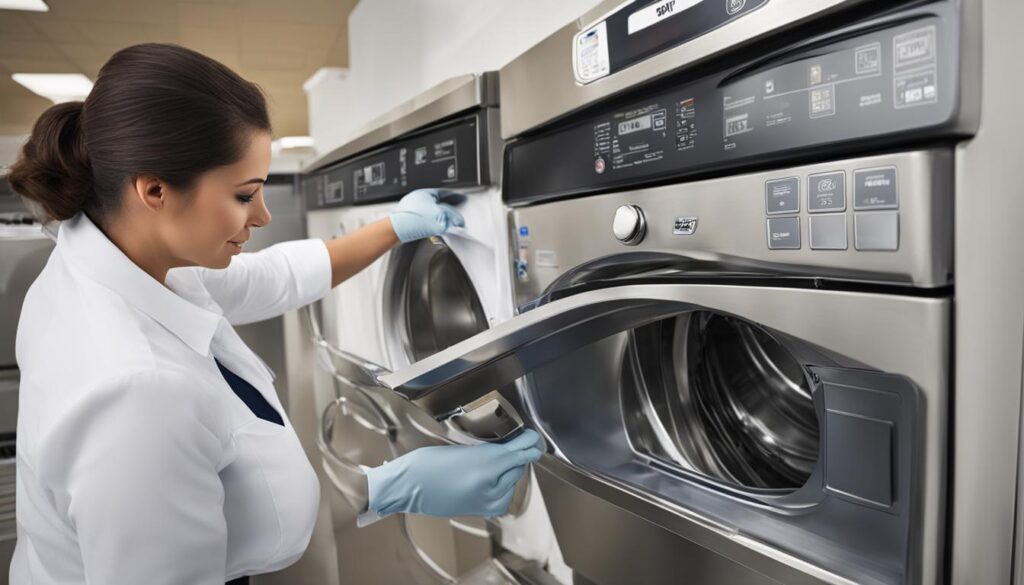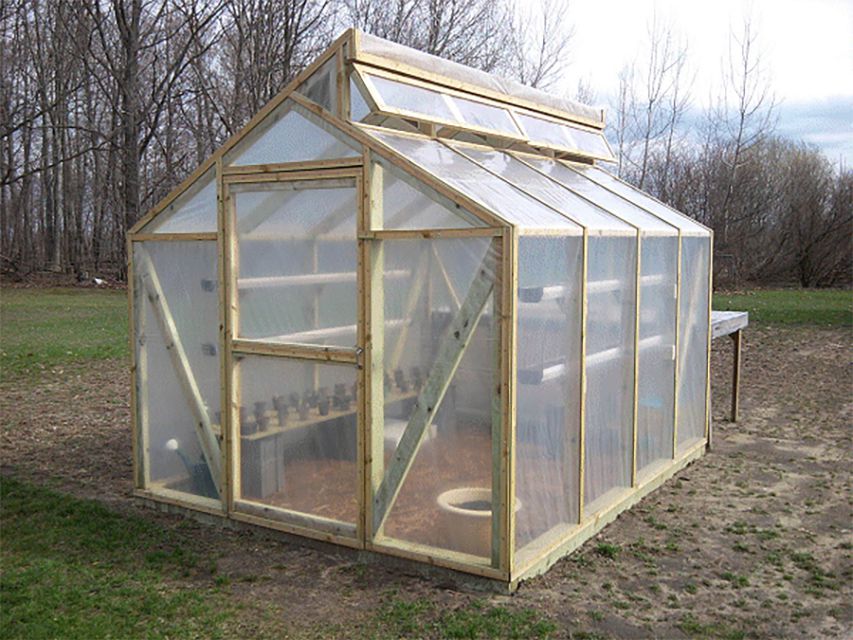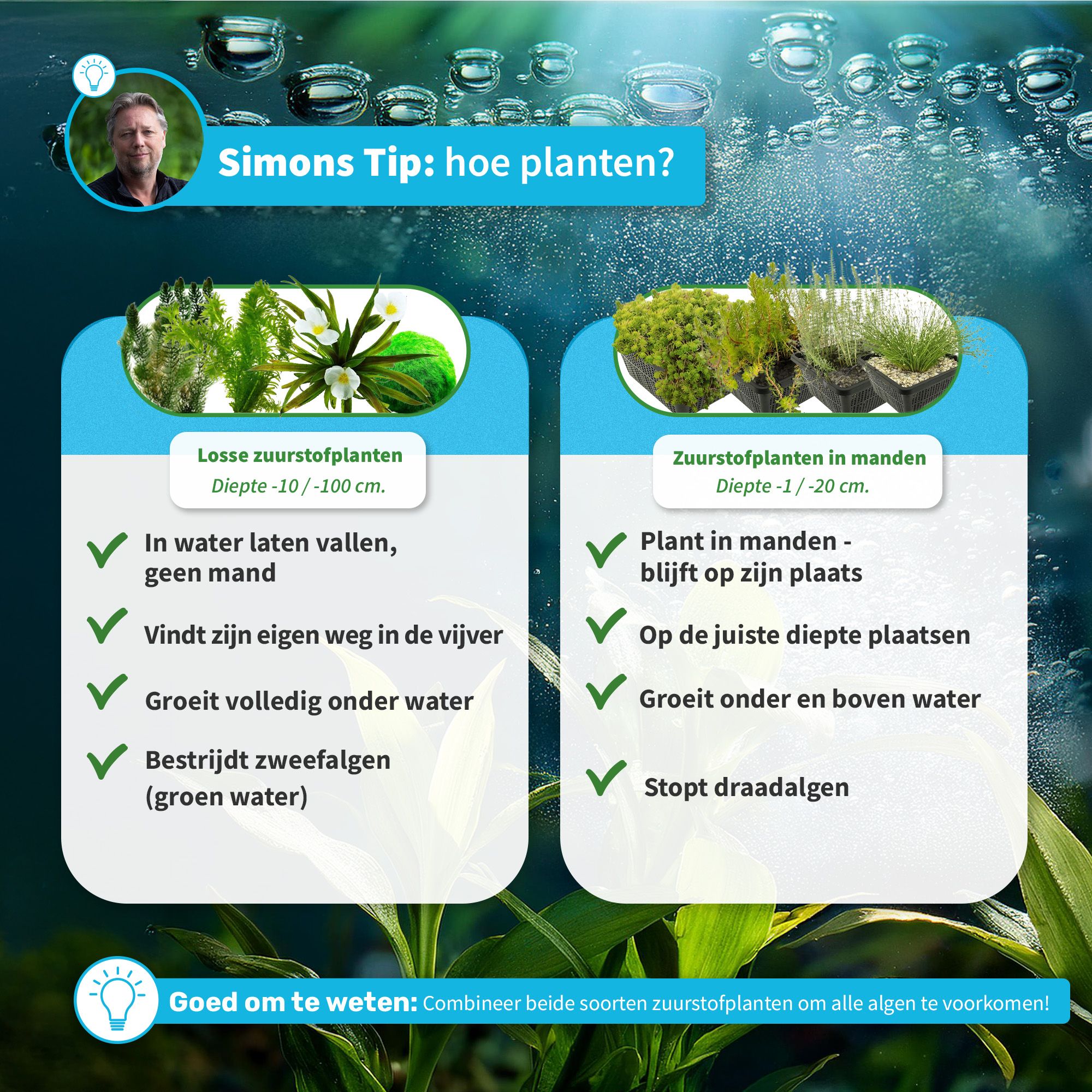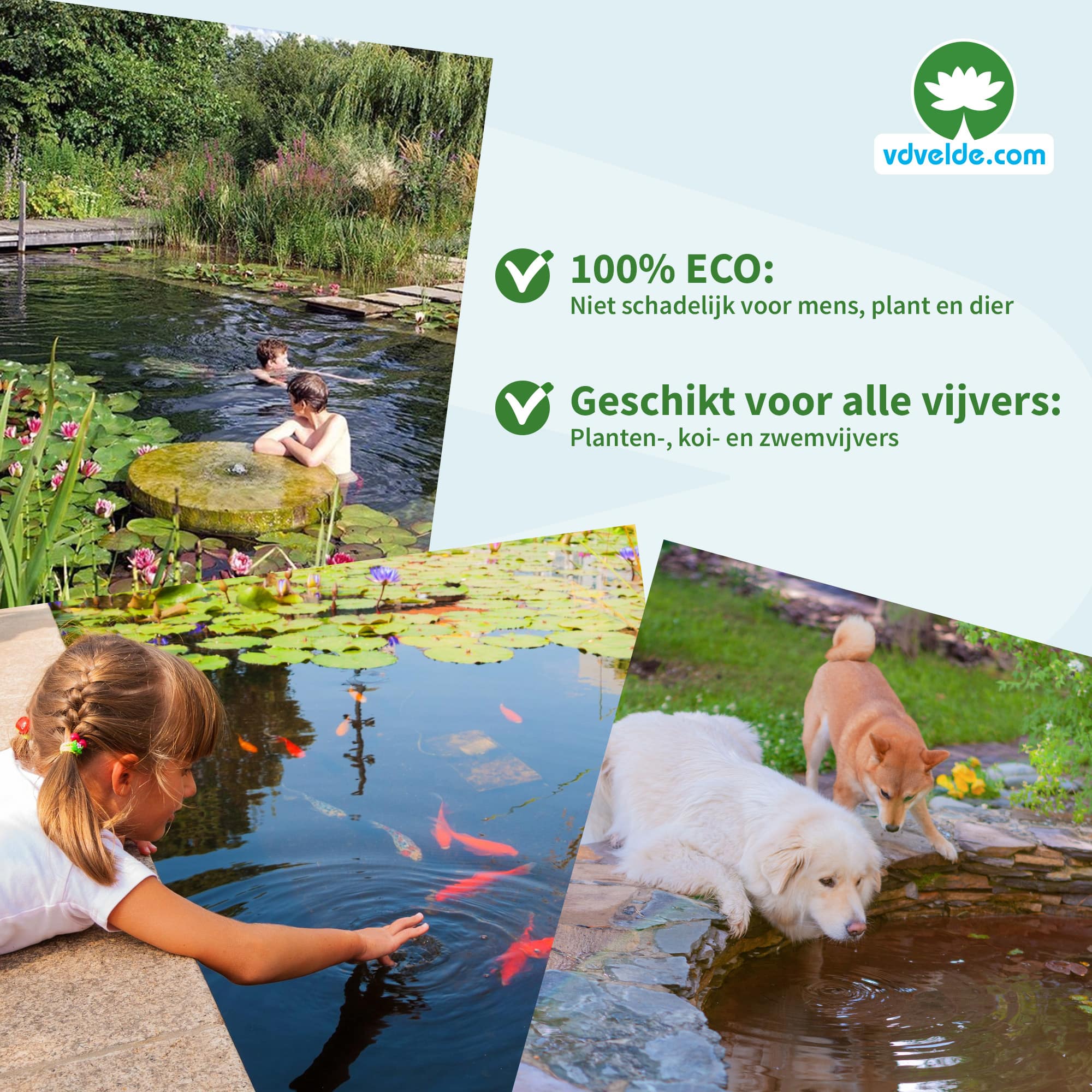DIY Ways to Smoke Wax Safely: Step‑by‑Step Methods, Tools, and Alternatives
Overview: Practical DIY Methods to Consume Concentrates at Home
Looking to use wax at home without guesswork? This guide explains multiple do‑it‑yourself methods-from a classic dab rig to layering in a bong or pipe, and common improvised approaches-along with safety tips, temperature guidance, and cleanup basics. Because local laws vary and personal tolerance differs, proceed carefully, start low, and use protective gear where heat or glass is involved. For precise, equipment-based steps, specialized tutorials detail rig setup, nail heating, and cooling times before inhalation [1] . Brand guides also outline tools, temperatures, and post‑session maintenance for both torch rigs and e‑rigs [2] .
Method 1: Using a Dab Rig (Beginner-Friendly, Controlled Vaporization)
A dab rig offers consistent heating and smoother inhalation when used correctly. According to step-by-step tutorials, you’ll prepare a small amount of wax on a dab tool, heat the nail or banger until hot, allow it to cool to a workable temperature, then apply the wax while inhaling gently through the mouthpiece [1] . Brand instructions emphasize similar steps, noting you should gather a rig or e‑rig, water, dabber, torch (for a traditional rig), and cotton swabs with isopropyl alcohol for cleanup [2] .
Step-by-step:
- Measure a very small dab (about a quarter to half a pea) on a dab tool to avoid overpowering effects for beginners [1] .
- Heat the nail with a torch until it glows, then let it cool before applying concentrate, which helps avoid harsh hits from excessive heat [2] .
- Apply wax to the inner surface of the nail while inhaling steadily; a slight sizzle indicates vaporization at a reasonable temperature [1] .
- After the hit, swab the warm banger with a cotton swab lightly moistened with isopropyl alcohol to prevent residue buildup and preserve flavor [2] .
Example: If your banger turns visibly red, wait at least tens of seconds before dabbing. Many users prefer a brief cool‑down to improve flavor and smoothness; tutorials suggest waiting a short window after the glow fades before touching the wax to the surface [1] .
Common challenges and fixes:
Method 2: Layering Wax in a Bong or Pipe (No Rig Required)
If you do not own a rig, you can place wax within layers of ground flower in a bong or pipe. This approach avoids exposing wax directly to the flame and helps it vaporize through the heated flower. Equipment guides explain packing the bowl halfway with flower, placing wax in the center, and topping with a thin layer of flower to keep the concentrate from direct flame contact [3] . Step-by-step walk‑throughs for bongs and pipes recommend grinding flower, building a base, adding wax, and finishing with a flower cap before lighting gently [4] .
Step-by-step:
- Grind a small amount of dry flower and pack the bottom half of the bowl as a cushion [4] .
- Place a small portion of wax in the center of the bowl, avoiding contact with direct flame [3] .
- Cover with a thin layer of flower, then apply gentle heat while drawing slowly so the concentrate melts and vaporizes through the plant material [3] .
Example: A spoon pipe packed half‑full with ground herb, a rice‑grain to pea‑sized portion of wax in the middle, and a thin flower cap can provide a longer, slower bowl that produces vapor without scorching the concentrate immediately [3] [4] .
Potential challenges: Bowls may burn hotter and for longer than expected, so avoid touching hot glass and allow cooldown before handling. Many guides caution that heat management and careful layering improve flavor and reduce waste [3] .
Method 3: Improvised Approaches Without a Rig (Use Caution)
Some people improvise methods when a rig isn’t available, including hot‑knife style setups or using simple glass pieces. Equipment guides describe carefully heating a metal surface, applying concentrate, and using a makeshift funnel to inhale-though this requires caution due to burn risk and is best with a helper to manage timing and safety [3] . If you experiment with such methods, prioritize protective gloves, clear workspace, and proper ventilation.
Step-by-step (hot‑knife concept, safety‑first):
- Set up on a heat‑safe surface away from flammables and wear heat‑resistant gloves.
- Heat one knife while preparing wax on another, then carefully press together and inhale vapor through a clean, safe funnel or mouthpiece, keeping skin away from metal [3] .
- Allow all components to cool fully before disposal or storage.
Challenges and alternatives: Temperature control is crude and burn risk is higher than with a rig. When possible, a small water pipe with a layered bowl or an affordable e‑rig attachment generally offers better control and safety [3] .
Optional: Making Simple Rosin at Home (Solventless Concentrate)
If your goal includes producing a small amount of solventless concentrate at home, tutorials describe pressing flower between parchment paper with a flat iron at moderate temperatures using safety gear and heat‑safe surfaces. This method can yield rosin without volatile solvents, though press quality and yield vary with material and technique [5] .
Step-by-step (overview):
- Preheat a flat iron or hair straightener to roughly 250-300 °F and place it on a heat‑resistant surface [5] .
- Lightly flatten small, even nugs, fold into parchment, and press for a few seconds with protective mitts [5] .
- Collect the rosin carefully from the parchment. Results vary based on flower quality and pressure [5] .
Notes: This is a basic, low‑yield approach intended for small personal quantities; specialized presses provide more control. Always handle hot tools with care and maintain ventilation [5] .
Heat, Dose, and Safety Best Practices
Dose small: Beginners should start with a very small portion, often described as a fraction of a pea, to gauge effects and minimize waste [1] .

Source: jooinn.com
Temperature control: Overheating can produce harsh vapor and degrade flavor; tutorials recommend heating then letting the nail cool before applying wax, or using an e‑rig with set temperatures for smoother hits [2] .
Layering to avoid direct flame: When using a bong or pipe, a flower-wax-flower sandwich helps the concentrate melt and vaporize rather than burn, while also managing airflow and draw speed [3] [4] .
Cleanup: Swab a warm banger with cotton and isopropyl alcohol to prevent residue and maintain flavor. Let hot components cool fully before handling to avoid burns [2] .
Troubleshooting and Alternatives
If vapor is minimal: Your nail may be too cool or the flame is too distant when using a pipe sandwich. Reheat the nail then wait briefly, or draw more slowly through a layered bowl for steadier melting [1] [3] .
If hits taste burnt: Reduce heat or extend cool‑down. With a bong or pipe, use a lighter touch when cherried flower reaches the wax layer; avoid blasting the bowl top directly for long periods [3] .

Source: pixelstalk.net
If equipment is limited: Consider the flower‑sandwich method in a small pipe as a simple alternative, or look into an e‑rig for temperature presets if you plan to dab regularly [2] .
Action Plan: Choose Your DIY Path
To get started immediately without links or purchases, you can:
- Use a rig if available: follow heat-cool-dab-clean steps with a small dose, as detailed in equipment guides [1] [2] .
- Use a bong or pipe: grind flower, create a base, add a small wax portion, and cap with flower for gentler heating [3] [4] .
- Press simple rosin: use a flat iron and parchment for small solventless amounts, employing heat‑resistant gloves and a clean surface [5] .
References
- Mission Dispensaries (n.d.). How to Smoke Wax With and Without a Dab Rig.
- Dr. Dabber (2024). How to Smoke Dabs: Everything You Need to Get Started.
- Stache Products (2023). The Best Ways to Dab Without a Rig.
- Crispy Commission (2025). How to Add Wax to a Bong/Pipe.
- Weedmaps (2024). How to Make Weed Wax for Dabs.
MORE FROM hotondeals.com













